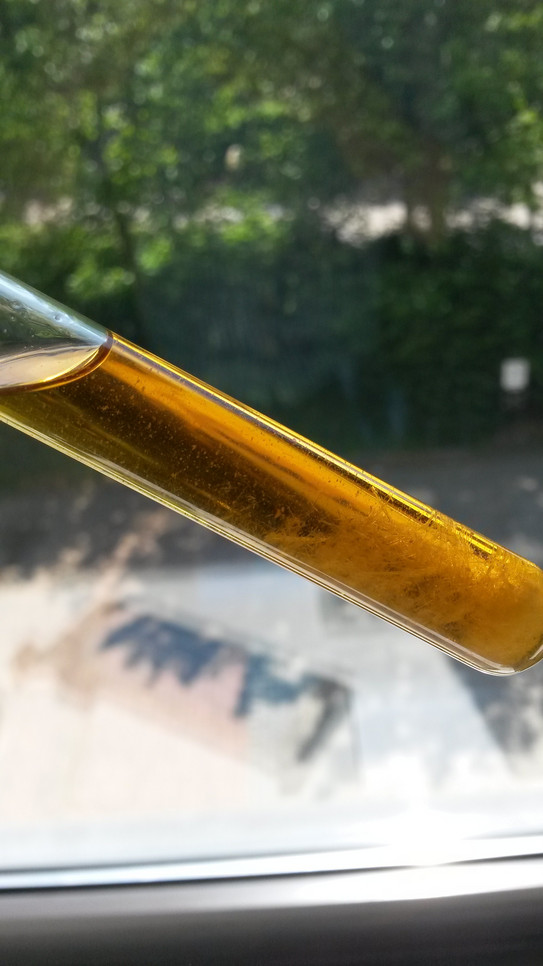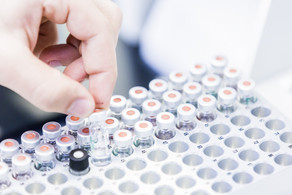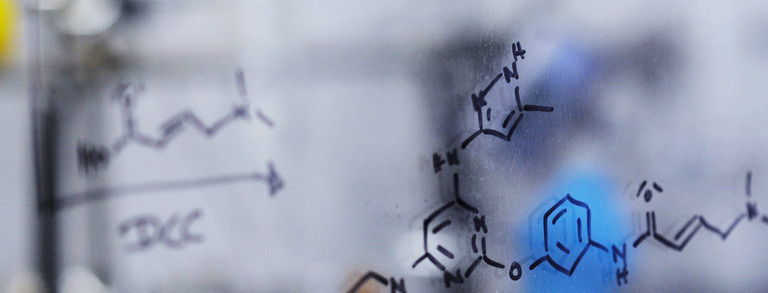CrystCycling
Selective cooling Crystallization directly from the reaction mixture affords almost pure products with efficient retention of the homogeneous catalysts in the liquid phase enabling their recycling.
Crystallization is a separation process widely used in the chemical industry, in which homogeneous mixtures are separated essentially according to their melting point and solubility behaviour. Cooling crystallisation is, for instance, often used for thermally sensitive products.
In contrast to other separation processes, cooling crystallisation has not been used for recycling homogeneous transition metal catalysts until we started our investigations.
Due to the many parallel processes taking place during crystallisation, it is still poorly understood, which is why it may not yet have been considered. However, given the variety of products that can be produced by homogeneous catalysis, the establishment of a further separation operation based on an additional molecular property is highly desirable. Cooling crystallisation also has clear advantages over other separation processes in specific applications.
In particular, homogeneously catalysed reactions, in which products with a high melting point and medium polarity are formed, pose unique, previously unsolved challenges in the separation and recycling of the expensive transition metal catalysts. Cooling crystallisation, on the other hand, is in principle capable of separating this product class from a homogeneous reaction mixture based on its melting point.

For this separation, no additional auxiliary material is required, the desired product can be obtained with high purity, and the catalyst remains homogeneously dissolved in the reaction mixture. Thus a further component is available to address the general separation problem of homogeneous catalysts and products.
After our initial work on crystallisation as a recycling technique for homogeneous catalysts (see Seidensticker, et al., ChemCatChem, 2016, 8, 2890–2893; Furst, et al. ChemCatChem, 2017, 9, 4319–4323; Herrmann, et al., ACS Sustainable Chem. Eng. 2020, 8, 29, 10633–10638), we are now collaborating with PD Dr. Kerstin Wohlgemuth from the Laboratory of Plant and Process Design at our Department in a DFG funded project.




